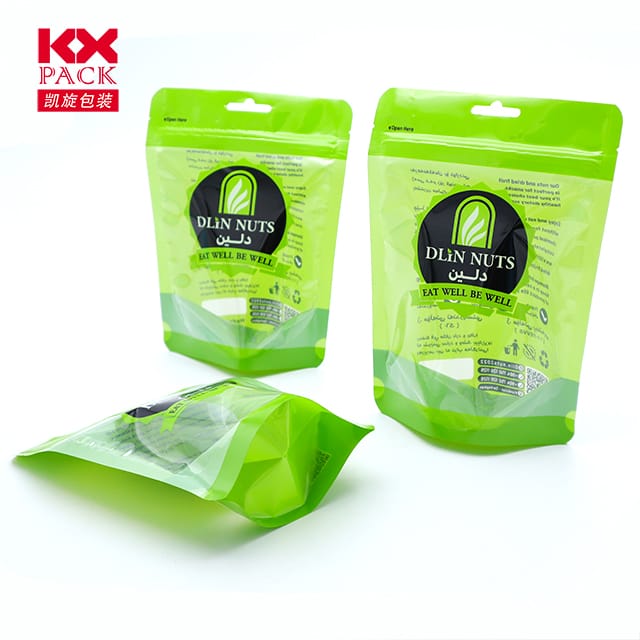フードパッケージのプラスチックフィルムの両刃の剣: 便利さと. 持続可能性
プラスチックフィルム
In modern kitchens and supermarkets, plastic film for food—commonly known as cling wrap, 提案ラップ, またはフードラップ - ステープルになります. その透明, 伸縮性, また、気密性は、新鮮さを維持するのに理想的です, 流出を防ぐ, 残り物を包みます. まだ, 環境への懸念が高まるにつれて, このユビキタスなキッチンツールは、精査に直面しています. メリットを探りましょう, 欠点, and eco-friendly alternatives to plastic film in food storage.
1. Why Plastic Film Dominates Food Packaging
- Preservation Power: Plastic film creates an airtight seal, slowing oxidation and bacterial growth. This extends the shelf life of produce, 肉, and cooked meals by days or even weeks.
- 汎用性: From wrapping sandwiches to covering bowls, its flexibility allows it to conform to any shape.
- 費用対効果: A single roll costs just a few dollars and can last months, making it a budget-friendly choice for households and restaurants.
- 衛生: Transparent and disposable, it reduces cross-contamination risks compared to reusable containers that may not be cleaned thoroughly.
2. The Environmental Toll of Plastic Film
Despite its convenience, plastic film poses significant environmental challenges:
- Non-Biodegradable: Most plastic films are made from polyethylene (PE), a petroleum-based material that takes 500+ 年 to decompose.
- マイクロプラスチック汚染: When discarded improperly, it fragments into microplastics that infiltrate soil, waterways, and even human food chains.
- Recycling Barriers: Many curbside recycling programs don’t accept plastic film due to contamination risks. Only 4% 米国の. plastic wrap is recycled annually (EPA, 2021).
- Single-Use Culture: The average household uses 1,500 plastic bags/wraps yearly, most of which end up in landfills or oceans.
3. Eco-Friendly Alternatives to Plastic Film
良い知らせ? Sustainable swaps are readily available:
あ. 蜜蝋ラップ
- 素材: Cotton fabric coated in beeswax, ホホバオイル, and tree resin.
- 利点: Reusable for up to a year, 堆肥化可能, and naturally antibacterial.
- Best For: Wrapping cheese, サンドイッチ, or covering bowls.
- Drawback: Not vegan-friendly and melts near heat.
B. シリコンフードカバー
- 素材: Food-grade silicone (a synthetic rubber).
- 利点: Dishwasher-safe, reusable for years, そして耐熱性 (great for sous-vide cooking).
- Best For: Stretching over bowls, フライパン, or half-cut produce.
- Drawback: More expensive upfront (10–20 per set).
C. 再利用可能な布製カバー
- 素材: Cotton or linen with a waterproof lining (例えば。, PUL fabric).
- 利点: Machine-washable, customizable in size, and breathable for produce.
- Best For: Storing bread, herbs, or covering dough during rising.
D. ガラスまたはステンレス鋼の容器
- 利点: Airtight, leak-proof, and infinitely recyclable.
- Best For: Meal prepping, leftovers, and freezer storage.
4. How to Reduce Plastic Film Waste Today
Even if you’re not ready to ditch plastic film entirely, small changes can make a difference:
- Reuse: Wash and dry plastic wrap gently to reuse it 2–3 times.
- Recycle Right: Check local programs for drop-off locations that accept plastic film (例えば。, grocery store bins).
- まとめ買い: Avoid pre-wrapped produce; bring reusable mesh bags to the store.
- DIY Alternatives: Use a damp paper towel to keep greens fresh or store leftovers in jars.
5. The Future of Food Packaging
Innovations are emerging to bridge convenience and sustainability:
- 食用映画: Made from starch or seaweed, これらのラップは食べたり堆肥化したりできます.
- Plant-Based Plastics: Biodegradable films derived from corn or sugarcane are entering the market.
- スマートなパッケージング: Sensors embedded in films could soon detect food spoilage, 廃棄物を減らす.
最終的な考え: Balance Is Key
Plastic film’s role in food safety and preservation is undeniable, but its environmental impact demands action. By opting for reusable alternatives when possible and disposing of plastic responsibly, we can protect both our meals and the planet.
What’s your go-to plastic film alternative? Share your tips in the comments below—let’s inspire each other to make sustainable swaps! 🌍🥪
Sources: EPA, National Geographic, and sustainability blogs like Treehugger.







